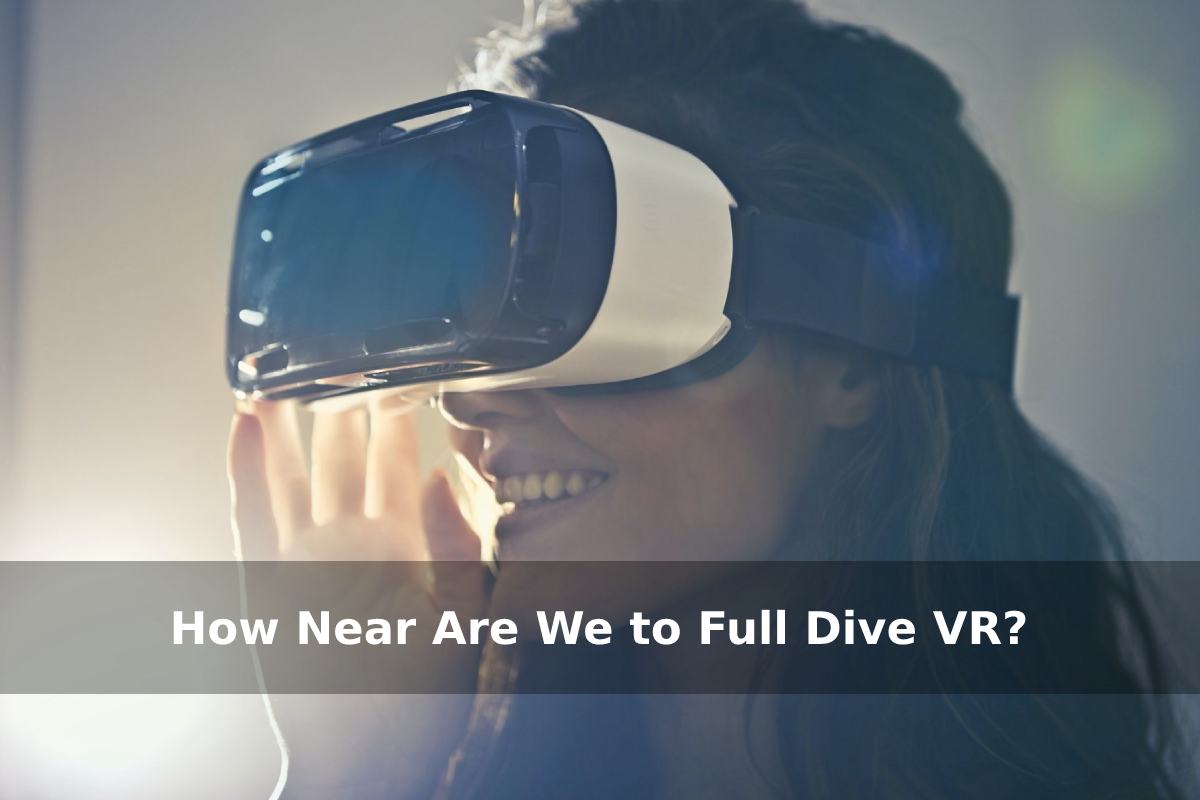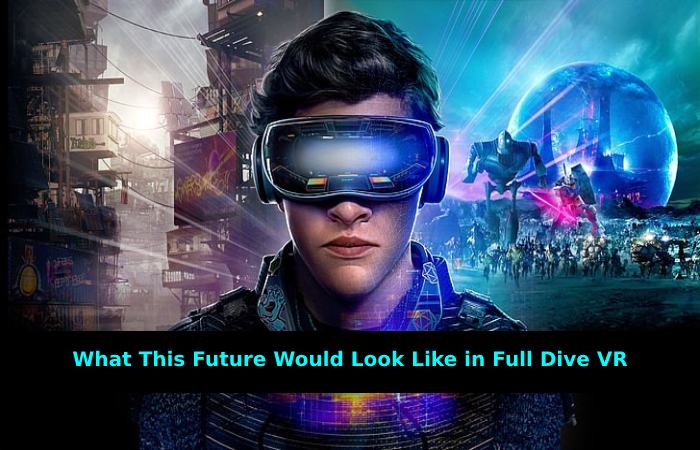
02 Apr How Near Are We to Full Dive VR?
Table of Contents
Introduction
Full Dive VR is an exciting topic that will likely play some role soon. This technology has the possibility not only to revolutionize the way we play video games and VR but also to conquer the human limitations we have on Earth. Even better, though, this technology will probably one day be open to the vast majority of people, just as Xboxes or PlayStations are today.
What This Future Would Look Like in Full Dive VR

Think of the movie Ready Player One. The main character puts on a virtual reality headset and remains immersed in a completely different world. He can feel, interact realistically, and move freely in a world beyond our imagination.
Here’s what Full Dive virtual reality would look like. This technology is nowhere near being supplied to a mass market, but the whole idea opens up possibilities for the future. Imagine if we could have a different world around us every time we put a separate program on the game console. Imagine if there was software that allowed us to create our world of immersive virtual reality.
This technology, like video games today, will have enormous expandability where there will always be room for improvement. Worlds will grow, the number of activities you can do will expand, and, boy, one day, you might even feel things other than just hot and cold. You may eventually be able to touch and feel the wind flowing by your side, the fog landing on your skin, the snow inside your boots, and the waves whipping you.
Also Read: What is the MusicHQ?
Where Full Dive VR Technology Is Today

Before getting ahead, why not look at today’s virtual reality technology in 2021? Right now, in virtual reality, we have vision and sound. We can play video games 360 degrees, roam freely and interact with other players online.
We also can use this 360-degree technology when it comes to learning purposes. For example, teachers can take children on a virtual tour of various places from the comfort of their classroom. Every child can have this technology on their own devices, like an iPad or a laptop, or they can be on the teacher’s computer and projected onto the whiteboard.
One modern use of this technology that shows the real potential of virtual reality is how it currently remains used to help train medical students.
In a field of work where every decision you make could be the difference between a patient’s life or death, it probably doesn’t hurt to use software to help with the training. Virtual reality software puts students in the driver’s seat of the operation and can simulate different potential scenarios to better prepare students for the unexpected.
When Can We Expect Full Dive VR?
What’s the next step in this technology? As mentioned before, we can see and hear the world around us. Touch may be the next addition to this technology, for better or worse.
Scientists at Northwestern University have developed a lightweight, thin, skin-like material with multiple independently operated sensors to mimic the sensation of touch. Also known as Epidermal VR, this technology, although still in its prototype phases, will allow you to feel the touch without the need to recharge or glue it awkwardly to your skin.
An extra benefit of this technology is that it can replicate sensations caused by feeling things like heat and rain. So, for example, this skin will have built-in warming capabilities, and rainfall could remain imitated by individual sensors vibrating as raindrops hit you.
Conclusion
Until this technology remains released into the world, it’s hard to say whether it will benefit us in any more ways than it could drag us down. However, I believe Full Dive VR will play a significant role in advancing mass-production technology, and I am enthusiastic to see what the future holds for us and Full Dive VR.
Also Read: What is the Change Between SSD and HDD? Storage and More


No Comments